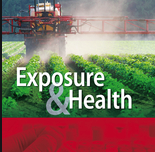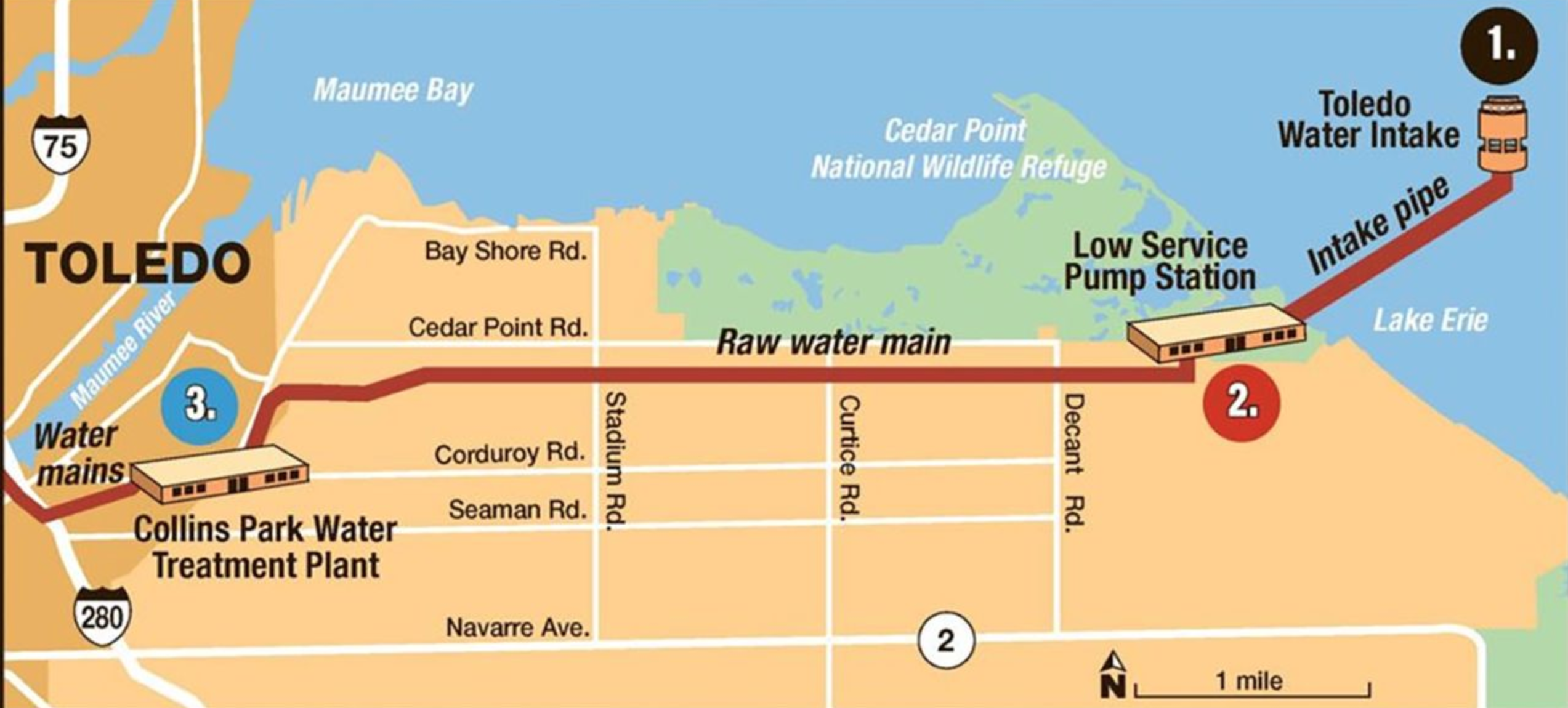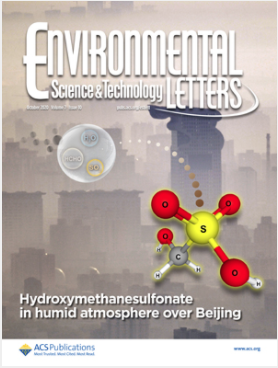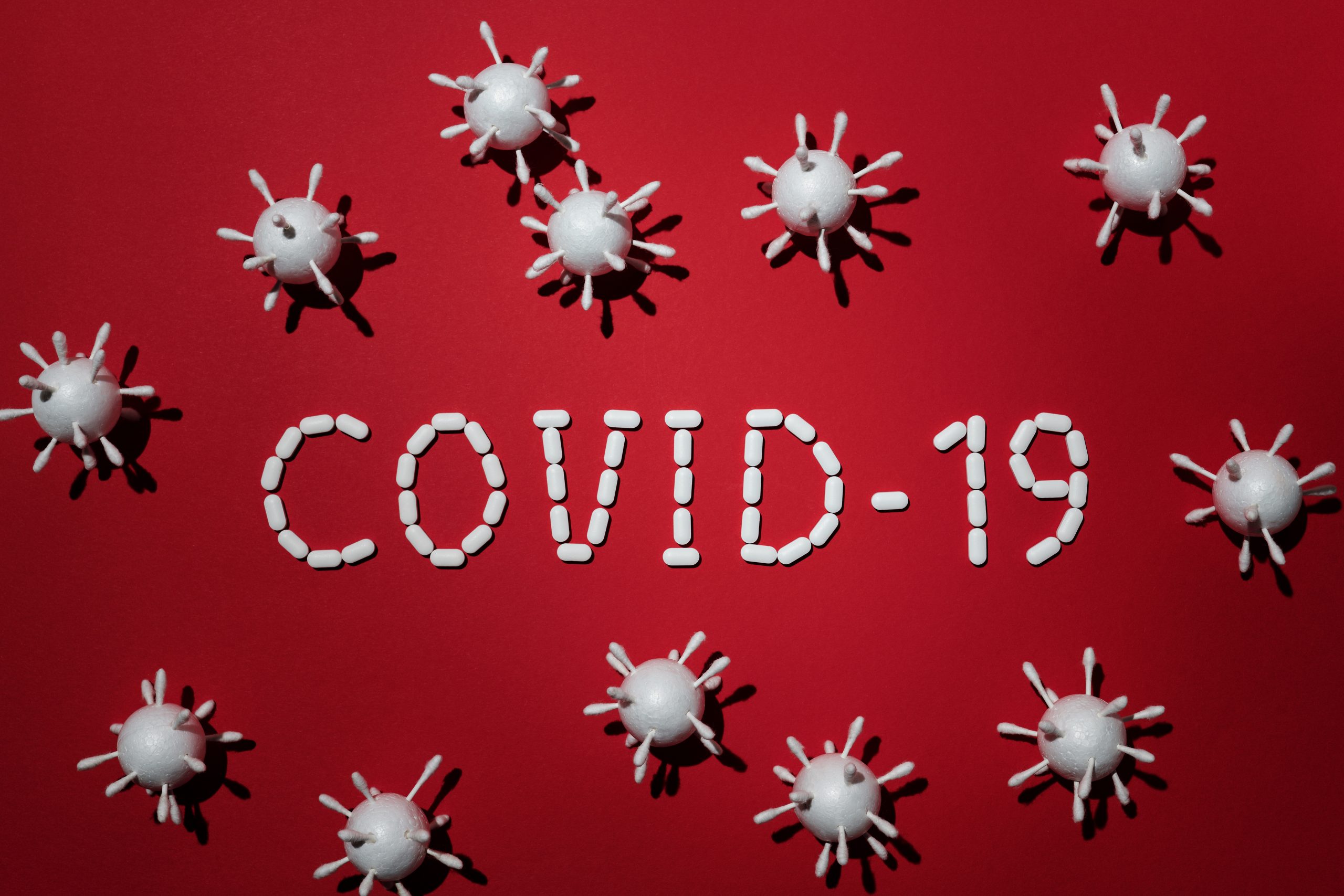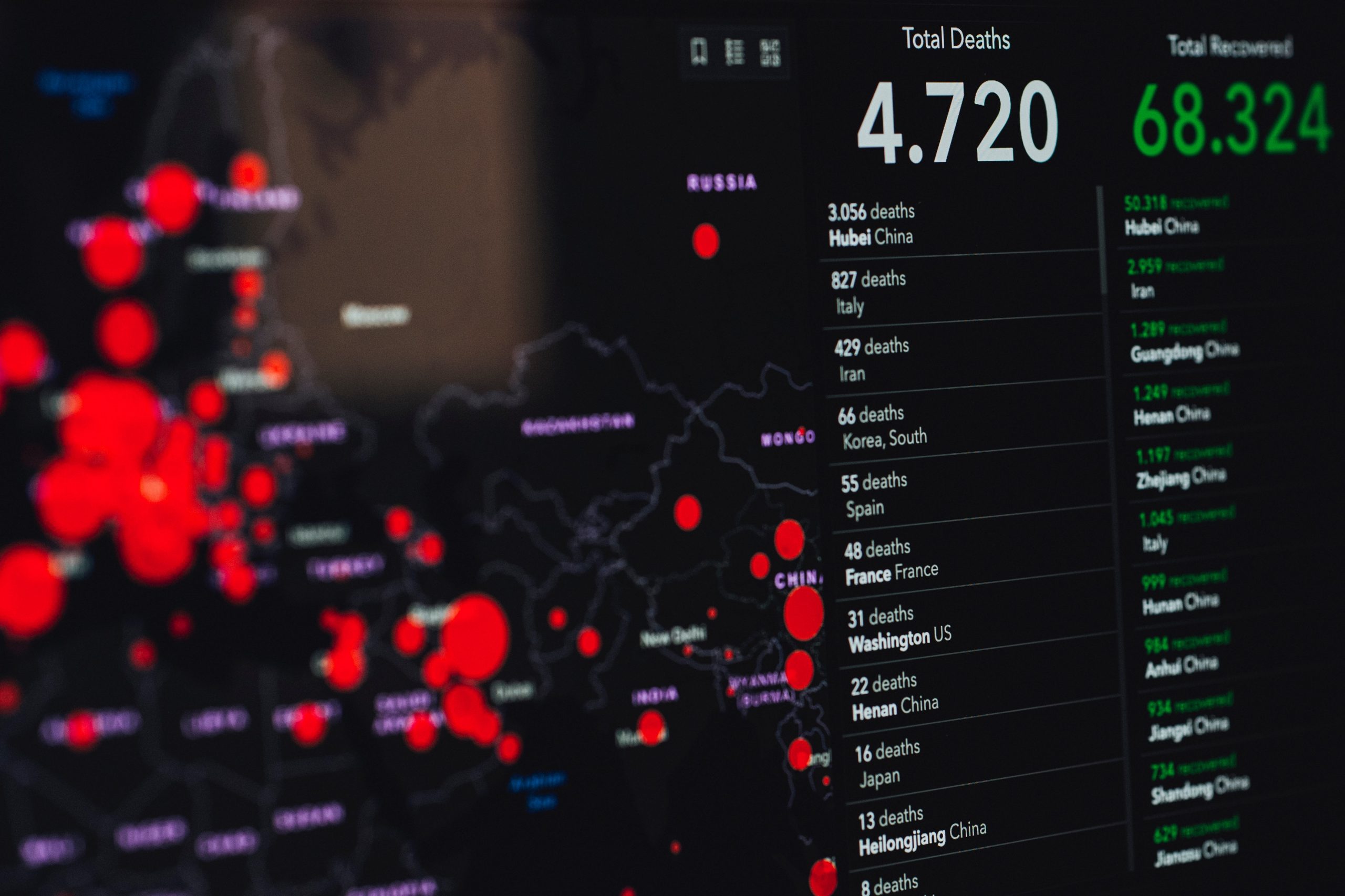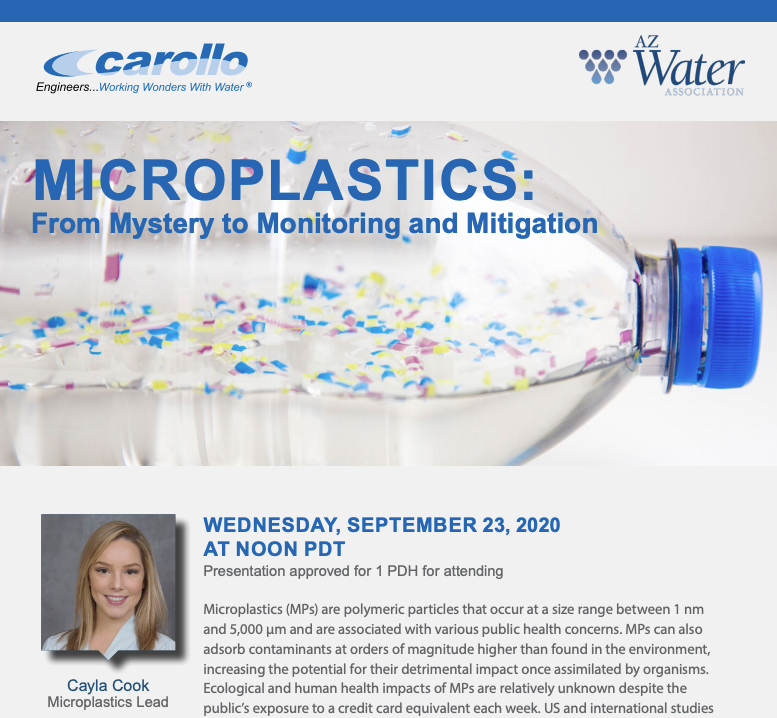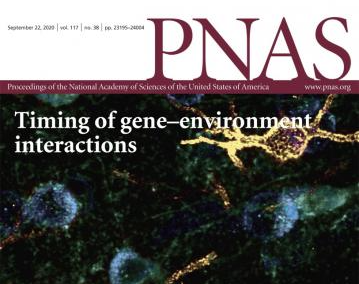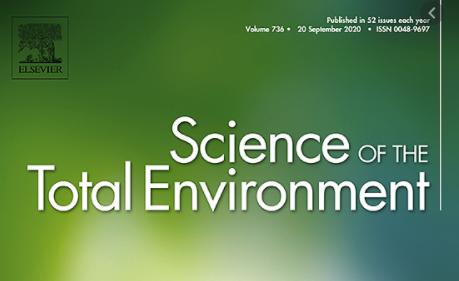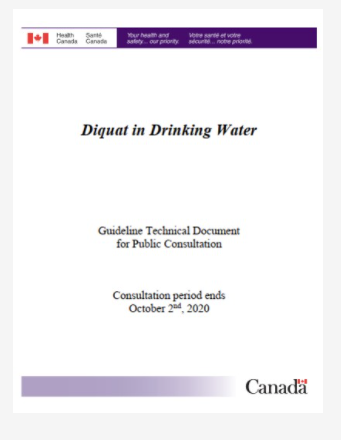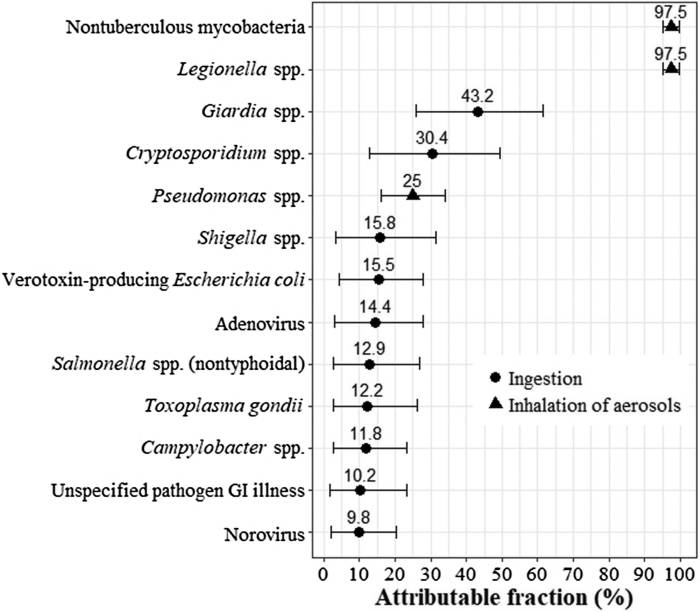Oral Microcystin‑LR Does Not Cause Hepatotoxicity in Pigs: Is the Risk of Microcystin‑LR Overestimated?
A key and somewhat unexpected outcome was that “no evidence of hepatotoxicity was found. These results shed more light onto the effects (or lack of effects) of low-dose oral microcystin-LR exposure. The data suggest that the risk of oral microcystin-LR exposure may be overestimated.” Hepatotoxicity is an important consideration for regulation.

